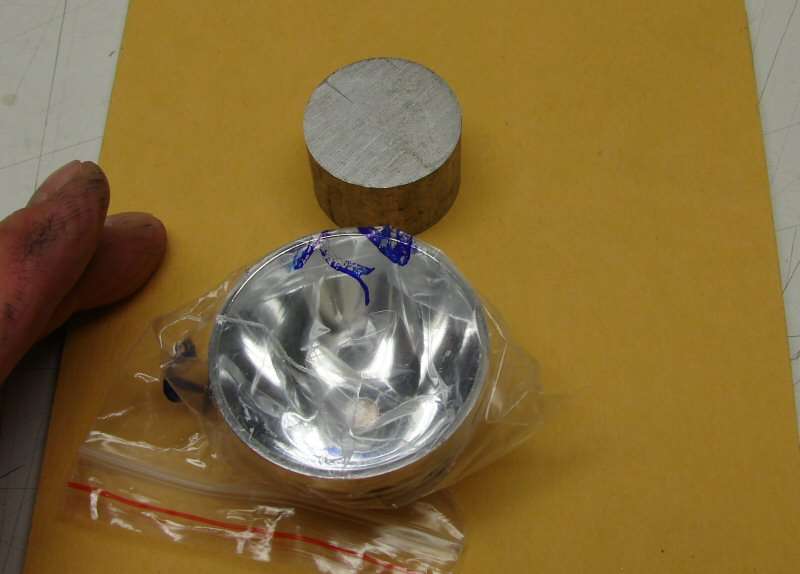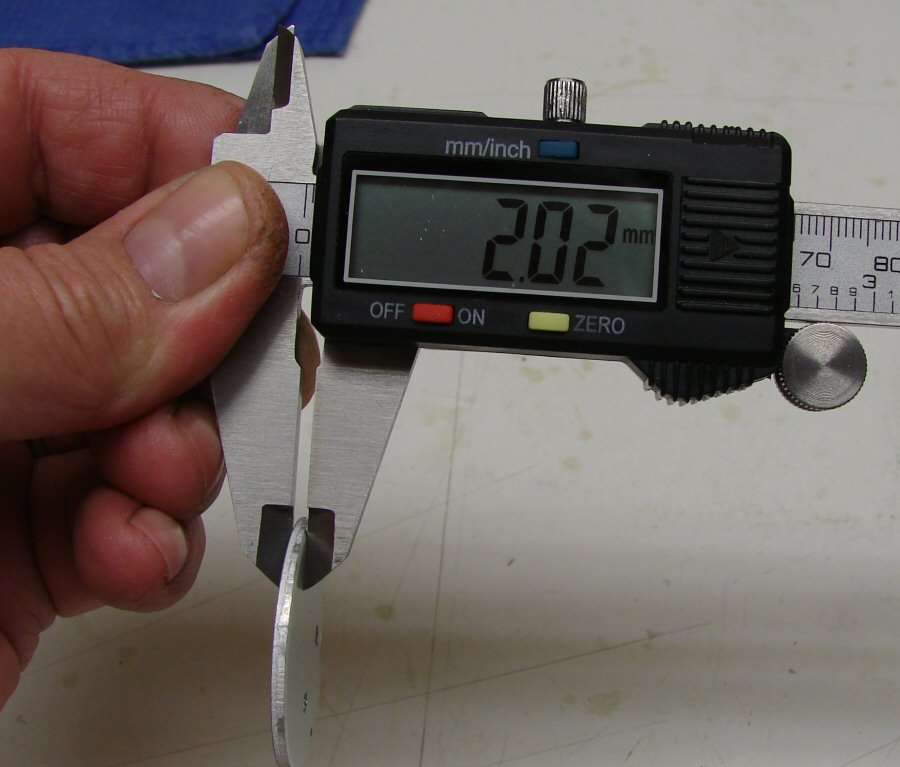EDIT: I want to state here, for anyone else reading, that this whole thread (or most of it), was based on MY uninformed, knee jerk reaction to something I saw as a problem. The Real problem is my lack of knowledge when it comes to anything other than conjecture. I did what I Normally do and I ran my mouth without having any real knowledge. It's what I do, it's how I am. I develop my own thoughts based on non-scientific results. which ends up being useless words.
So, what I am saying is, that most of what I say is hot air and useless. There is obviously nothing really wrong with this Nitecore light, it's just my convoluted thinking, but the thread remains, so I have to warn you of my foolishness before you go through what the others already have. My apologies, but I will do it again somewhere, I always do.
I thought I would show what I ran into so far, in tearing down the EA8.

That's a stock photo, y'all know what it looks like now most likely.
Red loctite was used on the head to body threads. I could not get it to move at all. I ended up doing something that I knew would cause problems, but I wanted the derned thing apart. I used heat. A lot of heat. I finally got the head off and here's a couple photos of how much loctite they used. Hint; you should only use a drop of it.

Threads inside the head.

Threads on the body. These threads were totally covered. I guess Nitecore wanted to insure that no one would ever get it apart. Wrong...

Here's the reflector. It measures out to 54.5mm OD at the top and 42mm OAL. The led hole is 8.9mm and there should be enough flat to open the hole up for an SST-90 or an MT-G2.

Inside the body is the LED on an Aluminum star. There is a plastic spacer in there as well.

Here you can see the star and the Aluminum disc "Heat sink". OMG is that a heat sink?

Yes, that little pad measuring 35mm diameter and 2mm thick is the ONLY heat sink in this darned light! It sits on a PLASTIC spacer and nowhere does it touch the outer walls. EDIT: Of course, now I have to take that back, as after measuring everything, it does contact the wall of the body. There is no real heat sink and for all their hype, Nitecore is no better than the rest of the Mfgs overseas. Simply put, it sucks.

The whole pill can be pressed out, by pushing on the bottom side, down inside the body tube. Here is the bottom side.

with the fiber isolator removed. The bottom side of the driver board.

Here is the plastic holder and the driver on the bottom side of it. On top is where the heat sink was mounted. It is all held together with two small pieces of clear tape.
The next series of shots are of the driver and switch.







I am not a driver guy, so I have no comments here. You can view the photos and see what you can figure out.
I do believe that the batteries are set up in 4S/2P configuration.

Here's a photo of the inside of the head.
I am going to mod this light. It's a matter of what I will do for a led. I thought of an XM-L2 with a DrJones driver, but I just may have an MT-G2 (possibly, maybe), in a couple of weeks or so. I am not sure which way I will go.
I do think I will use a short reflector and a much bigger heat sink.

I just thought I would show the tear down, in case people wanted to see the driver.
----------------------------------------------------------------------------------------------------------------
New Photos Added 04-19-2013

First of all, here is how the driver, plastic housing and heat sink fit together inside the body.

Now, let's measure the OD of the heat sink.

And the Thickness.

Let's also examine the edge of the heat sink. You can see where the heat sink did touch the body (red arrow) and where it did not touch the body (blue arrow). Only about 50% of the heat sink touching. Remember that for later.

Now let's look at the "shelf" On this side it is right around .011" protruding

On this side it's around .032" protruding.

A backlit photo looks pretty good. There is quite a bit of area touching.
Remember though, that only half the thickness of the heat sink is actually touching, so 1mm thickness by roughly 3/4 of the circumference, since there are areas where it's not touching at all. The "lip" in the body really is only a stop. Also remember that where the heat sink is touching the body, it's touching Anodizing, not bare metal.
So now maybe it answers a few more questions... Or it just raises more questions.
In case anyone runs into real Loctite, here's what the Mfg says;
red
It is only
removable once cured by heating up parts to 500°F (260°C).
blue
For disassembly, shear with standard hand tools and remove with methylene chloride. In rare instances where hand tools do not work because of excessive engagement length, apply localized heat to nut or bolt to approximately 482°F (250°C). Disassemble while hot.
green
For disassembly, shear with standard hand tools and remove with methylene chloride. In rare instances where hand tools do not work because of excessive engagement length, apply localized heat to nut or bolt to approximately 482°F (250°C). Disassemble while hot.
The red thread locker on the Nitecore is NOT Loctite brand, as it gave up before the Ano discolored. I imagine it's an overseas budget type locker.
 )
) , that one should have just one beautiful tint!
, that one should have just one beautiful tint!
